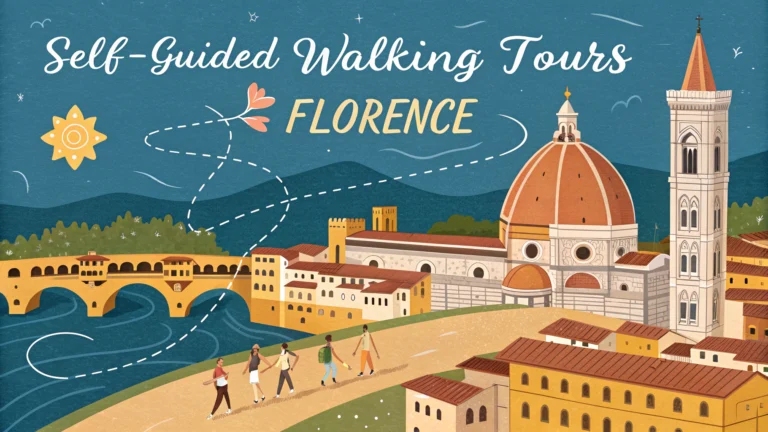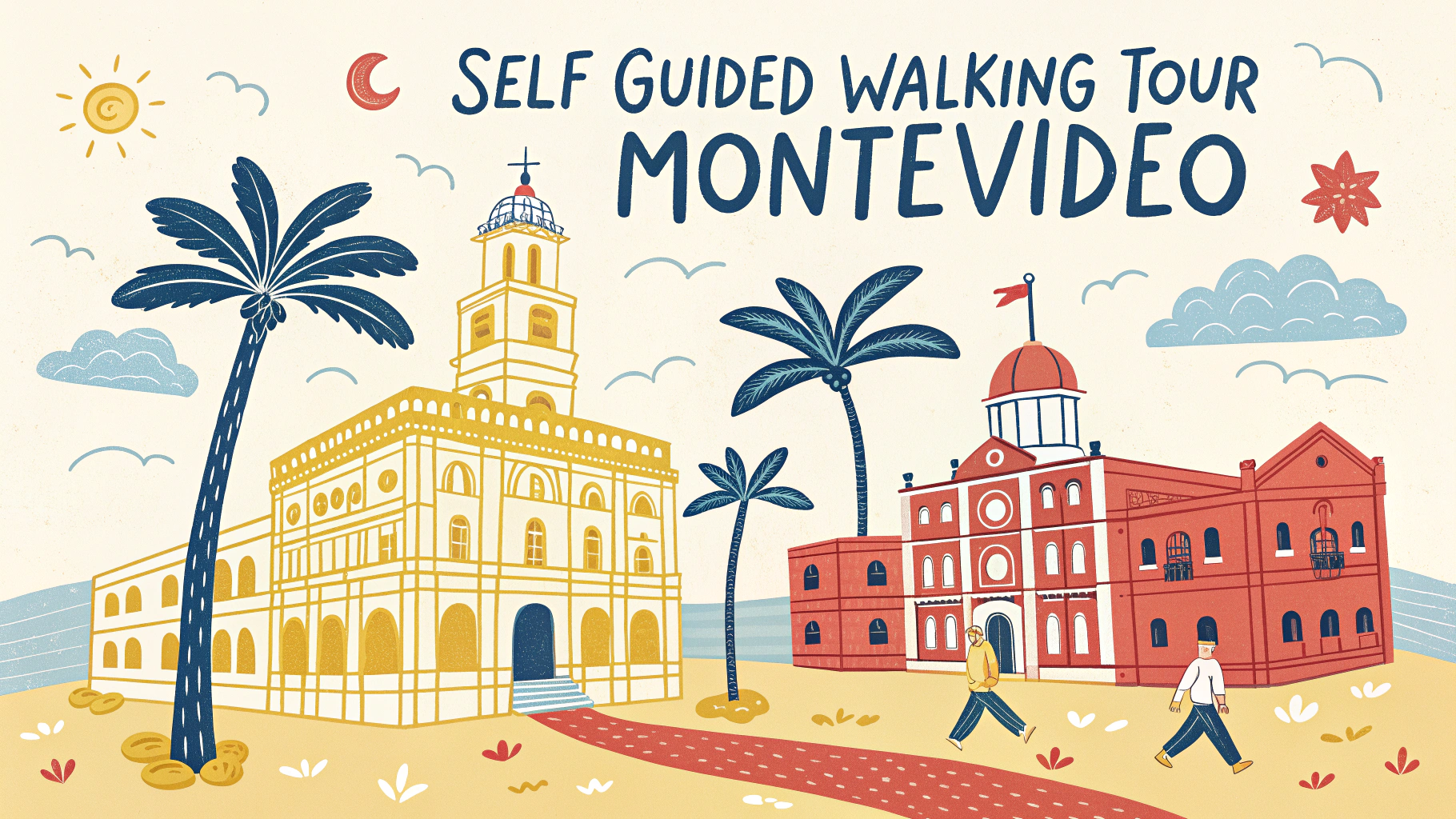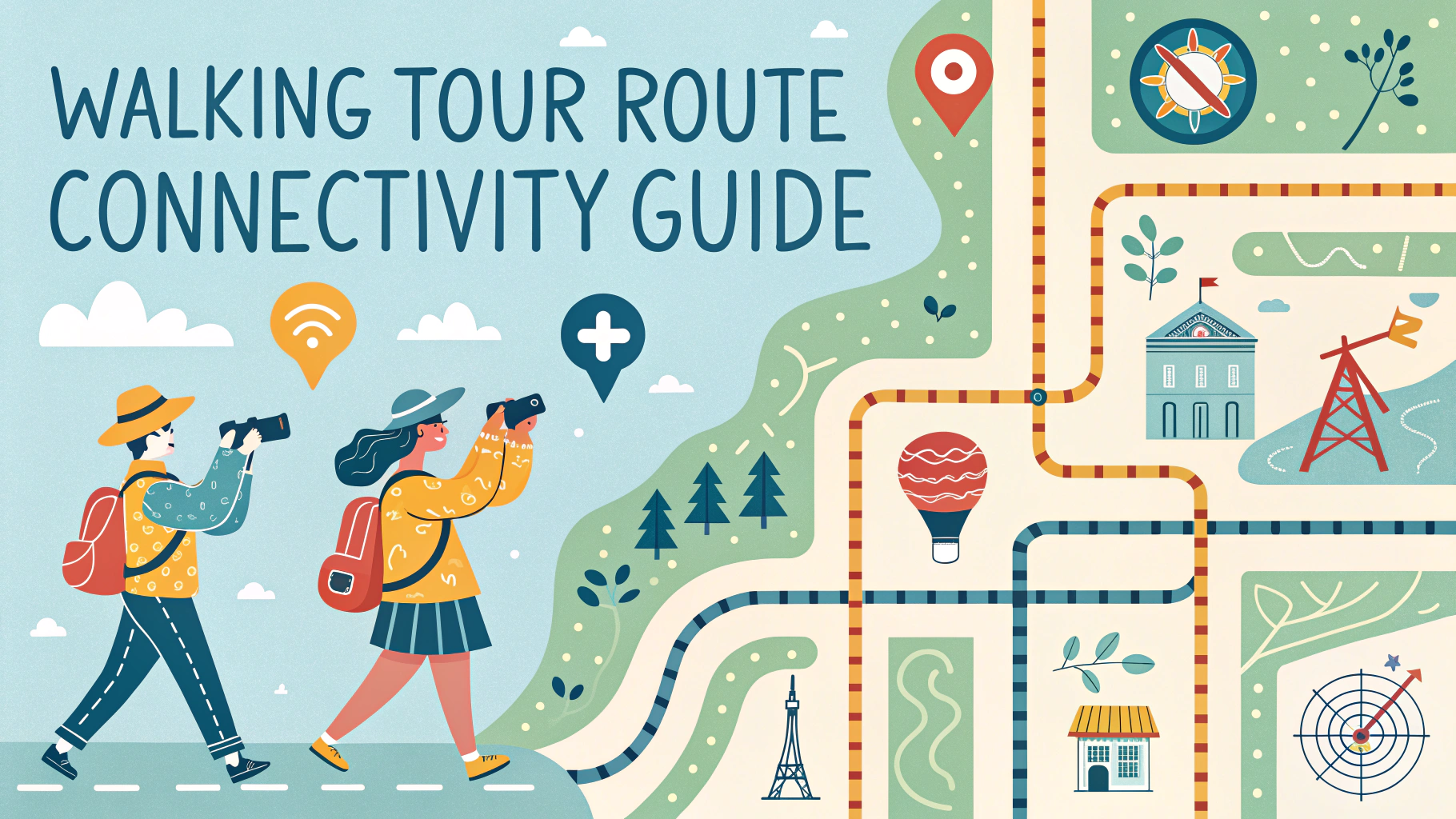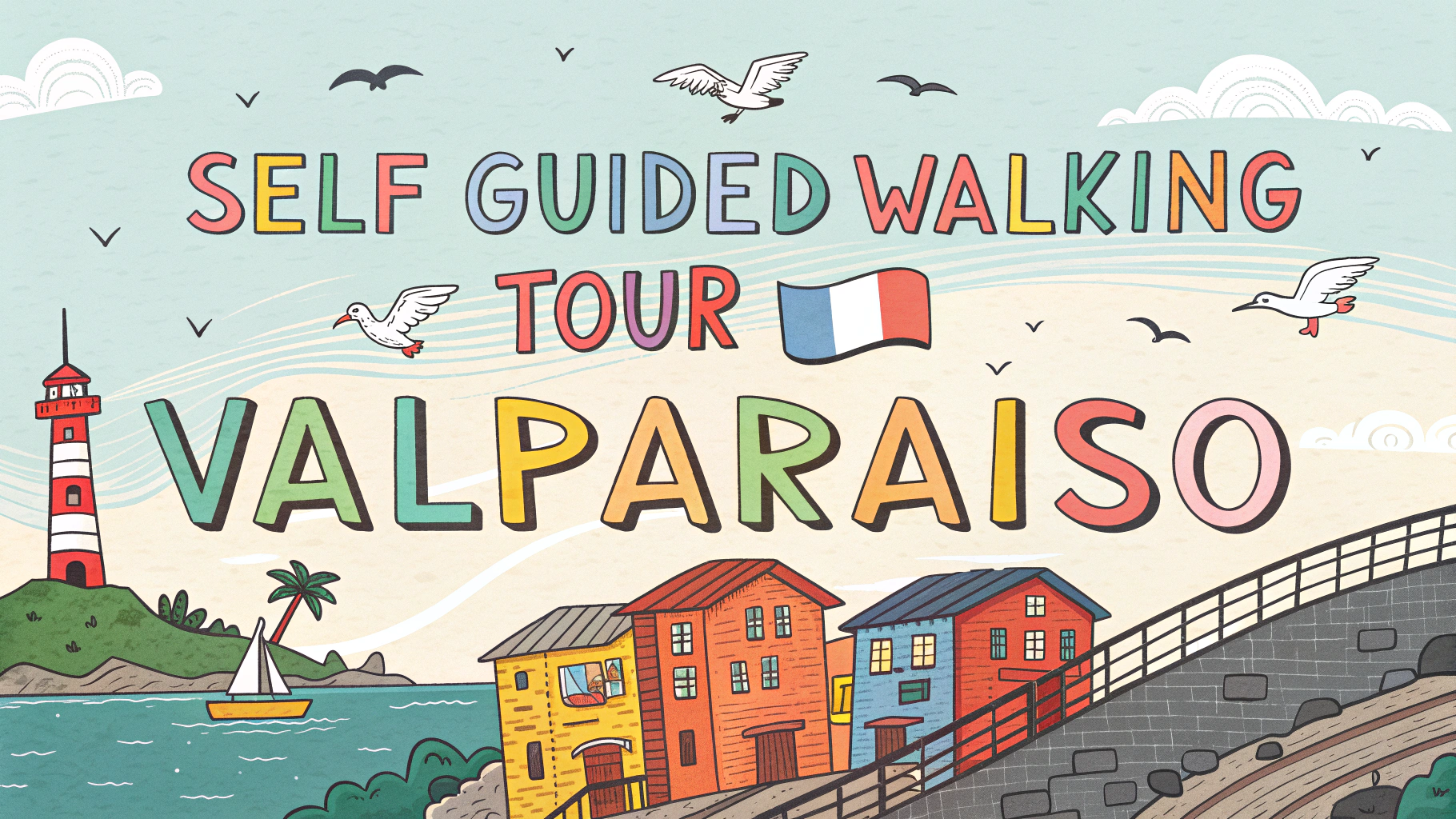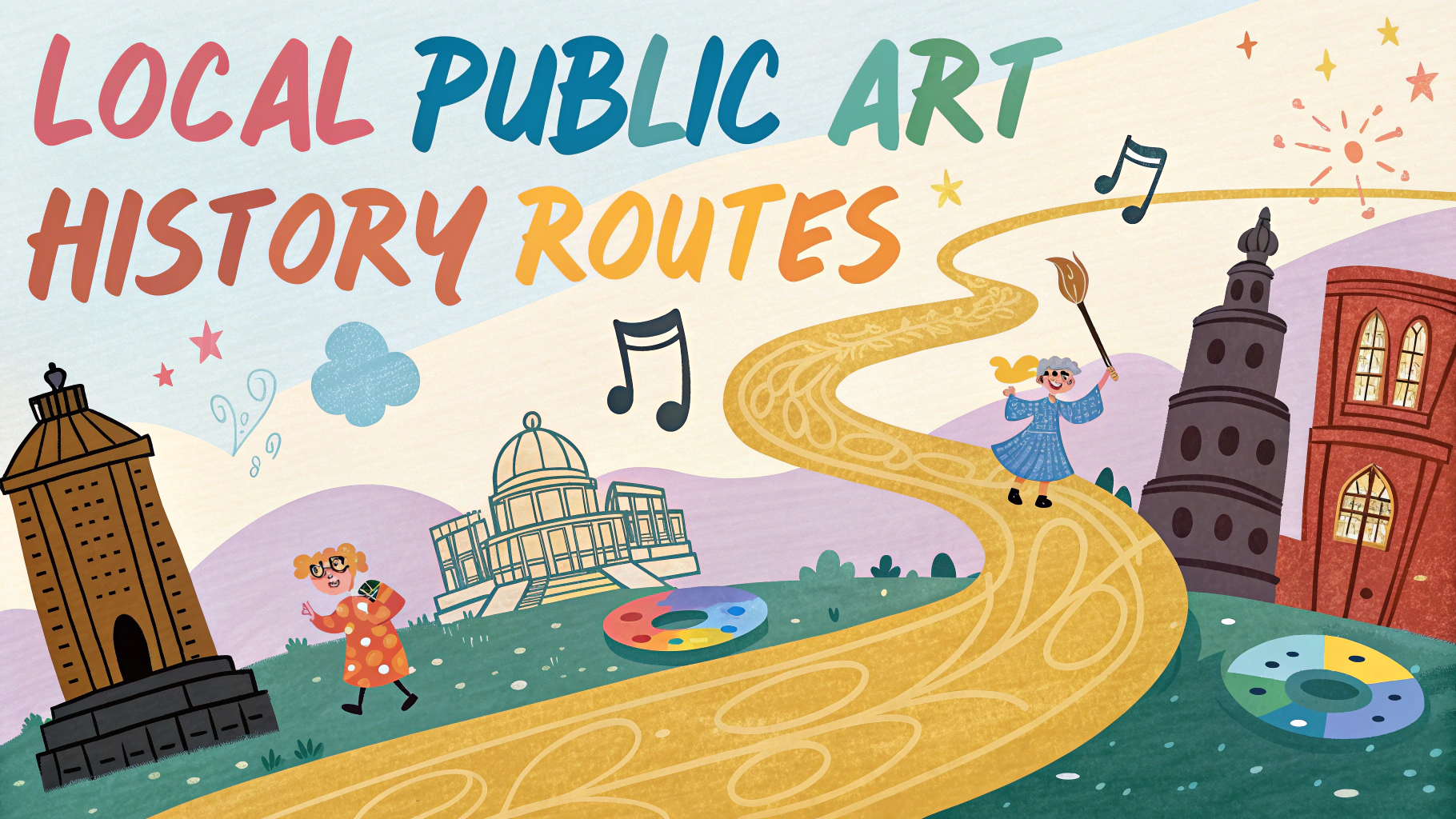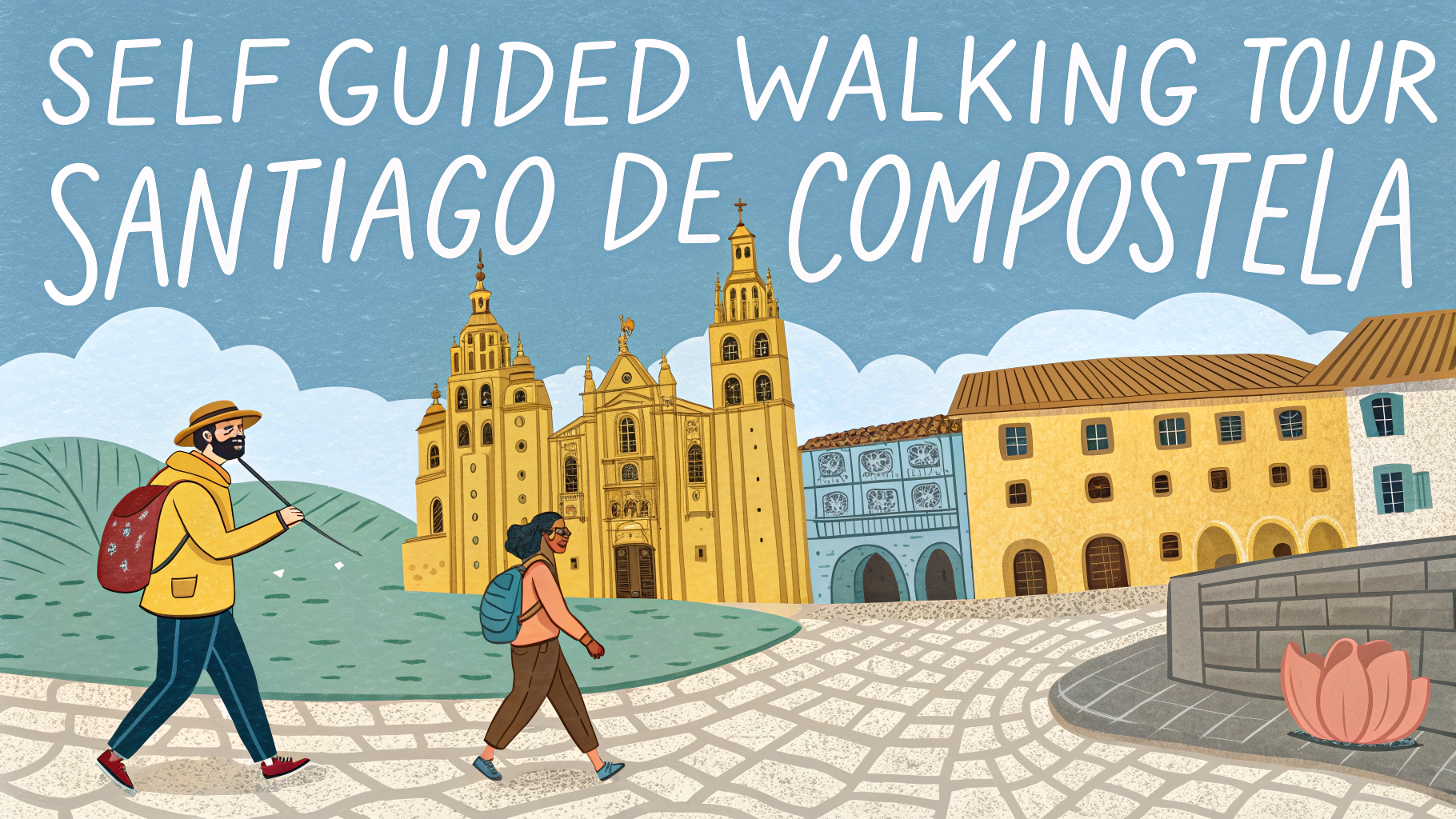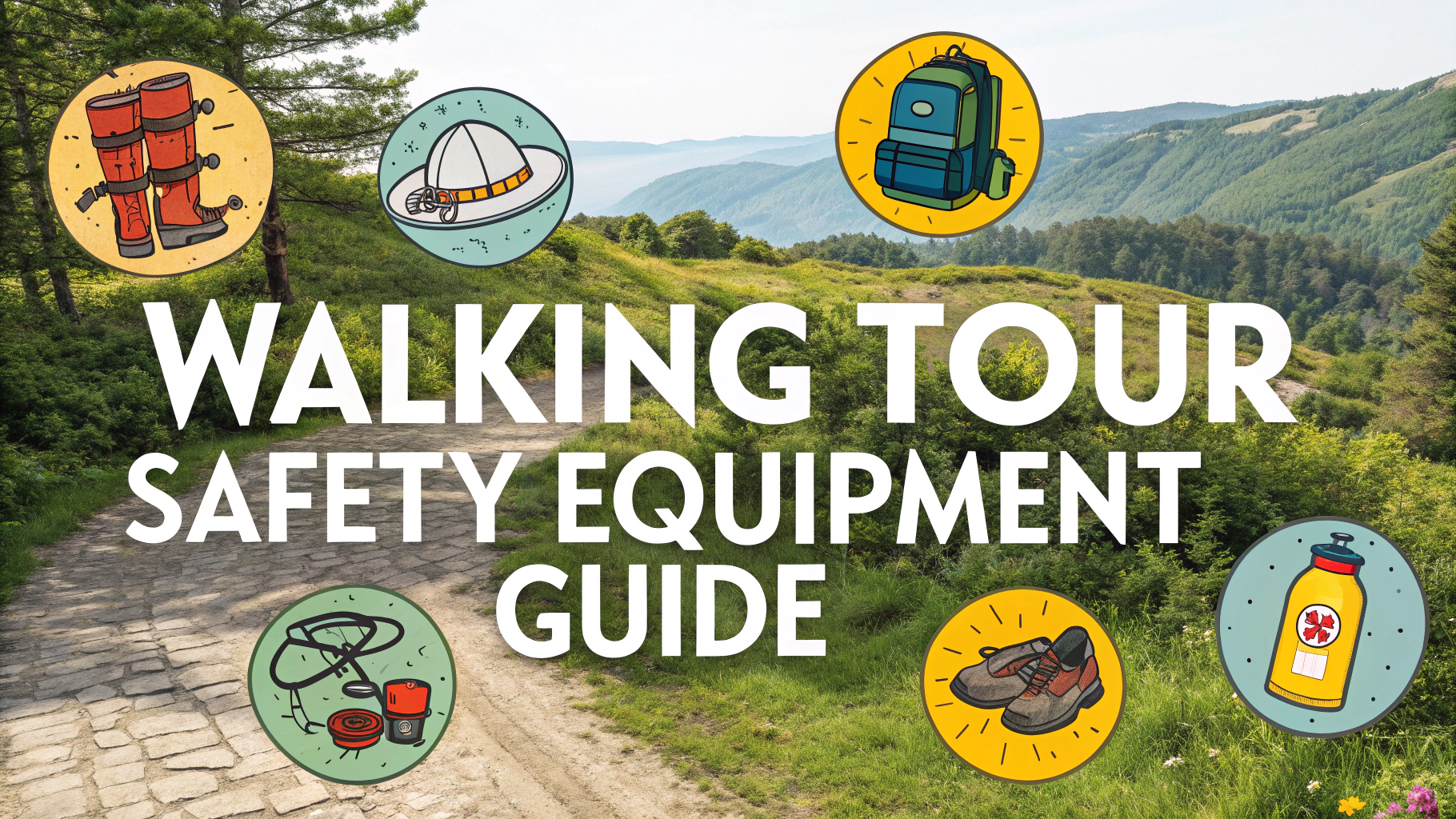Florence’s historic center offers the perfect setting for self-guided walking tours, with most major attractions located within a compact, walkable area.
Essential Walking Routes
The Classic Renaissance Route connects Piazza del Duomo to Palazzo Vecchio, passing by the city’s most iconic landmarks.
- Start: Florence Cathedral (Duomo)
- Piazza della Signoria
- Uffizi Gallery
- Ponte Vecchio
- End: Palazzo Pitti
- Duration: 2-3 hours
Oltrarno District Walk
Cross Ponte Vecchio to explore the authentic Oltrarno neighborhood, known for its artisan workshops and local atmosphere.
- Santo Spirito Church
- Boboli Gardens
- Piazzale Michelangelo (panoramic views)
- San Miniato al Monte
- Duration: 3-4 hours
Hidden Gems Route
Discover lesser-known spots in the Santa Croce and Sant’Ambrogio neighborhoods.
- Sant’Ambrogio Market
- Casa Buonarroti
- Santa Croce Church
- Bargello Museum
- Duration: 2-3 hours
Practical Tips
- Start early (8:00-9:00 AM) to avoid crowds and heat
- Wear comfortable walking shoes (streets are often cobblestoned)
- Carry water and a detailed street map
- Book museum tickets online in advance
- Consider purchasing the Firenze Card for multiple museum access
Seasonal Considerations
| Season | Walking Conditions |
|---|---|
| Summer (June-August) | Start early, bring water, plan indoor breaks |
| Spring/Fall | Best walking weather, moderate temperatures |
| Winter | Fewer crowds, pack layers, check museum hours |
Free Walking Tour Apps
- Rick Steves Audio Europe (free audio guides)
- GPSmyCity (offline maps available)
- Google Maps (download offline Florence map)
Download these apps before your trip as WiFi can be unreliable in some areas.
Safety Tips
- Keep valuables secure, especially around tourist hotspots
- Stay aware of your surroundings when taking photos
- Carry emergency numbers: Police (113), Ambulance (118)
- Tourist Police Office: Via Faggiola 7, +39 055 2398525
Food and Rest Stops
Plan strategic breaks along your walking routes to experience authentic Florentine cuisine and rest your feet.
- Mercato Centrale – perfect lunch break during Classic Renaissance Route
- Caffè Gilli – historic café near Duomo for coffee breaks
- All’Antico Vinaio – famous sandwich shop near Uffizi
- Gelateria della Passera – artisanal gelato in Oltrarno
Photography Spots
Capture Florence’s beauty from these prime photography locations:
- Piazzale Michelangelo – sunset cityscape views
- Ponte Santa Trinita – best angle of Ponte Vecchio
- Bardini Gardens – less crowded than Boboli, excellent city views
- Palazzo Vecchio Tower – aerial view of historic center
Alternative Transport Options
When walking becomes tiring, consider these alternatives:
- City buses (get tickets at tabacchi shops)
- Hop-on-hop-off tourist buses
- Electric bike rentals
- Taxi stands at major squares
Conclusion
Florence’s walkable layout and concentrated historic sites make it ideal for self-guided exploration. Combine these routes based on your interests and energy levels, and remember to allow time for spontaneous discoveries. The city reveals its treasures best to those who explore it on foot, taking time to absorb its rich artistic heritage and vibrant street life.
- Stay flexible with your itinerary
- Take time to explore side streets
- Mix different routes to create your perfect day
- Consider your walking pace and energy levels
FAQs
- What’s the best time of day to take a self-guided walking tour in Florence?
Early morning (before 9 AM) or late afternoon (after 4 PM) are ideal times to avoid the largest crowds and intense midday heat, especially during summer months. Many attractions are also beautifully lit during sunset hours. - How long does it typically take to walk between major attractions in Florence’s historic center?
Florence’s historic center is compact – most major sites are within a 20-minute walk of each other. For example, it’s only a 10-minute walk from the Duomo to Ponte Vecchio. - Do I need to book tickets in advance for attractions along my walking route?
Yes, pre-booking is strongly recommended for major sites like the Uffizi Gallery, Accademia (David), and Duomo climb to avoid long queues. Some attractions can be fully booked days or weeks in advance during peak season. - What are the most essential stops on a self-guided walking tour of Florence?
Essential stops include the Duomo complex, Piazza della Signoria, Ponte Vecchio, Palazzo Vecchio, Piazza Santa Croce, and Piazzale Michelangelo for panoramic city views. - Is Florence safe for solo walkers, especially at night?
Florence is generally very safe for walking tours, even solo. The historic center is well-lit and usually populated until late. However, as with any city, exercise normal precautions, especially in less touristy areas after dark. - What should I wear for a walking tour in Florence?
Comfortable walking shoes are essential due to cobblestone streets. Modest dress is required to enter churches (covered shoulders and knees). During summer, light, breathable clothing and sun protection are recommended. - Are there any free walking days for Florence museums?
Yes, many state museums offer free admission on the first Sunday of each month. The Duomo complex exterior and many churches can be viewed for free anytime. - What’s the best walking route to avoid the crowds?
Explore the Oltrarno district (south of Arno River), including Santo Spirito and San Niccolò neighborhoods, which are less crowded but equally historic and authentic. - Should I get a walking tour map or use a digital app?
While paper maps are available at tourist offices, digital apps like Google Maps work well offline. Many attractions also offer their own downloadable audio guides. - What’s the best way to combine walking tours with museum visits?
Plan museum visits during peak heat hours (11 AM – 3 PM) and do walking tours in cooler periods. Book museums in advance and group nearby attractions together to minimize walking back and forth.
